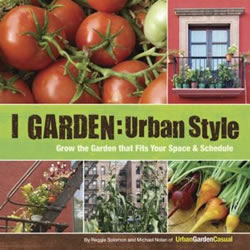Posted on 10 March 2011 by tomatocasual.com
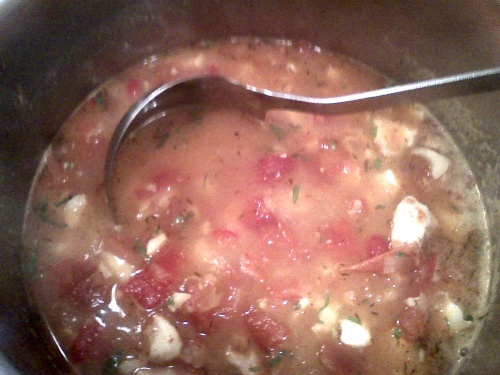 By David Harbilas
By David Harbilas
Winter is a great time of the year for stews, and unfortunately tomatoes are often of poor quality at this time of the year.
A simple solution to hard, nearly flavorless tomatoes is to roast them slowly to develop what sugars are present in the fruit.
In this case, the roasted tomatoes are added to a simple fish soup using onions, fennel and saffron.
All that is need is a little grilled bread to create a satisfying dinner.
Serves 4
1 ½ pounds whitefish, such as cod or haddock, cut into chunks
1 onion, diced
1 fennel bulb, diced Read the rest of this entry »
Posted on 08 March 2011 by tomatocasual.com
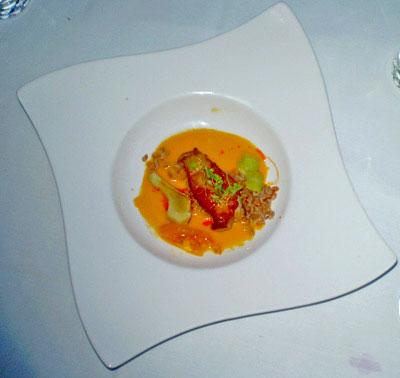 By David Harbilas
By David Harbilas
So much of restaurant cooking seems to be a matter of liberty with fancy terms–nage, emulsion, reduction, infusion.
What do these things really mean?
Sometimes nothing, sometimes a lot.
In this case, a nage is a sort of reduced essence of tomatoes enriched with cream and butter, and it requires little in the way of special equipment or a trained eye.
It is quite light in texture and sweet in flavor, so it is best served with fish.
Makes about 3 cups
Posted on 06 March 2011 by tomatocasual.com
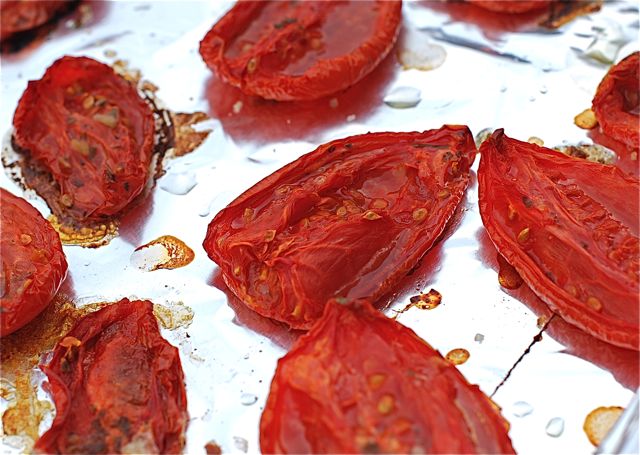 By David Harbilas
By David Harbilas
This is essentially a short-cut version of the tomato nage, as it requires less actual involvement while still achieving much of the same texture and flavor.
Where the nage is broth-like, this sauce is thicker, like a butter.
And butter is, in truth, the most important part of it, as it holds the entire sauce together.
The use of roasted tomatoes makes it a better partner for a wider range of proteins than the nage. Use it with fish, but also chicken, pork, and veal.
Makes 3 cups
- 3 ripe red tomatoes
- 1 stick of butter
Preheat an oven to 300 degrees. Place the tomatoes in a roasting pan Read the rest of this entry »
Posted on 04 March 2011 by tomatocasual.com
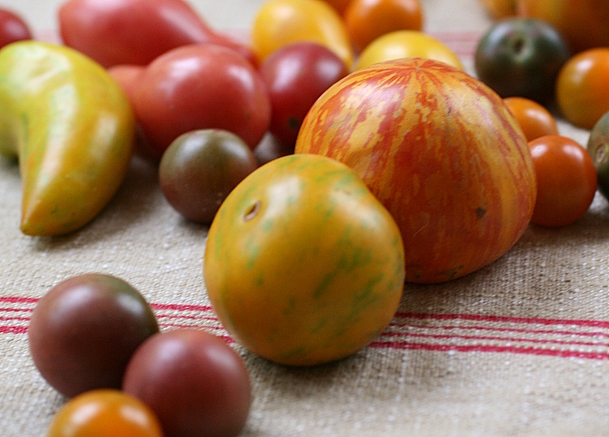 By Mindy McIntosh-Shetter
By Mindy McIntosh-Shetter
The old saying that everything old is new again is so true even today.
Second-hand stores and goodwill stores pop up everywhere along with vintage clothing and household stores.
This movement is not limited to clothing and furniture but can also be found in the garden.
Heirloom plants are coming to the for front more and more especially as one scans the seed catalogs and visits vegetable and/or herbal sales this year.
Heirloom tomato seeds or plants can add a touch of nostalgia Read the rest of this entry »
Posted on 02 March 2011 by tomatocasual.com
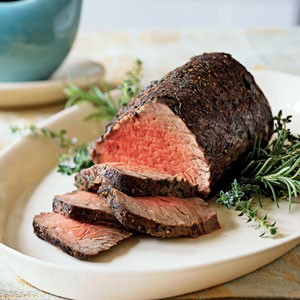 By David Harbilas
By David Harbilas
Demi-glace is, to me, the most evil thing in the world.
There are so many restaurants with it on the menu that it has become, for the most part, as boring and basic as mashed potatoes.
Many chefs don’t really know what it is or how it’s made, and some even order it powdered in cans.
If you don’t know what demi-glace is, the most basic definition is a veal stock reduction. Yet if you’ve never made a stock that definition is lacking in beauty. A well-made stock is one of the most valuable things a chef or home cook can have in his or her kitchen.
Not only is it the basis of sauces like demi glace, but the process of making it lends a certain degree of soul to any kitchen. There’s nothing like the smell of a stock simmering for 4-8 hours.
Serves 4
Posted on 28 February 2011 by tomatocasual.com
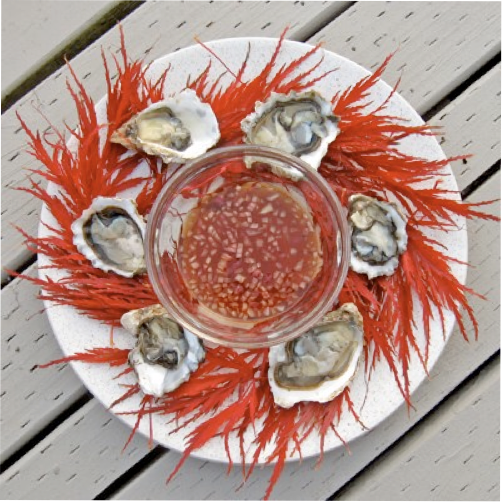 By David Harbilas
By David Harbilas
Using tomatoes in sauces is nothing new, but there’s always a new way of thinking about how and when to use them.
Both the how and when aspects are compelling.
Tomatoes can be used roasted, raw, stewed, marinated, cured, dried–the methods seem endless–and the question of when raises a whole other set of possibilities.
Often we think “when we cook fish or chicken or beef,” but that really is a matter of “with what” rather than when.
If we’re making a dark stock, we’ll add tomato paste early in the process, lending the stock a deeper color and flavor. But what happens if we add a Read the rest of this entry »
 By David Harbilas
By David Harbilas By David Harbilas
By David Harbilas By David Harbilas
By David Harbilas By Mindy McIntosh-Shetter
By Mindy McIntosh-Shetter By David Harbilas
By David Harbilas By David Harbilas
By David Harbilas